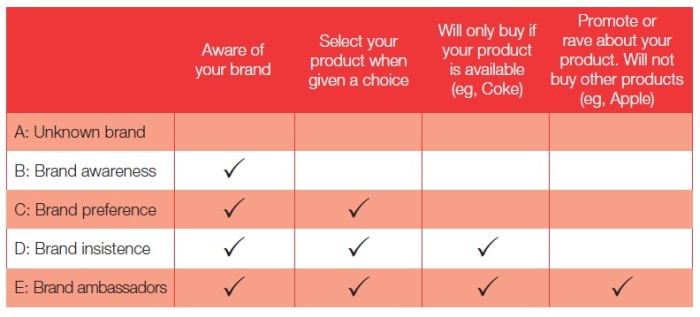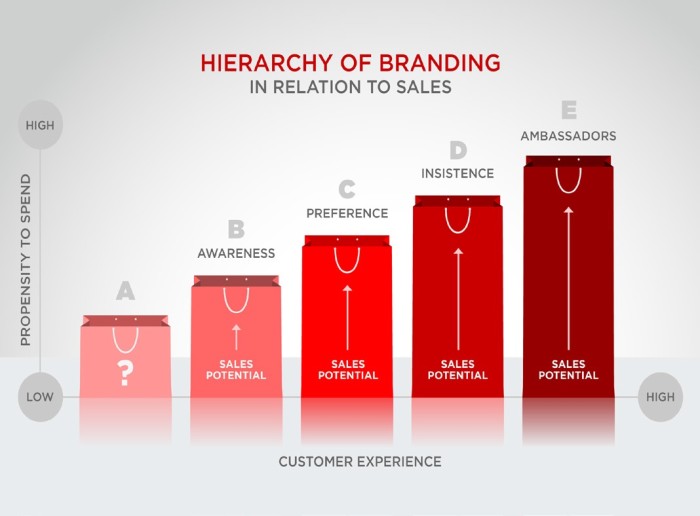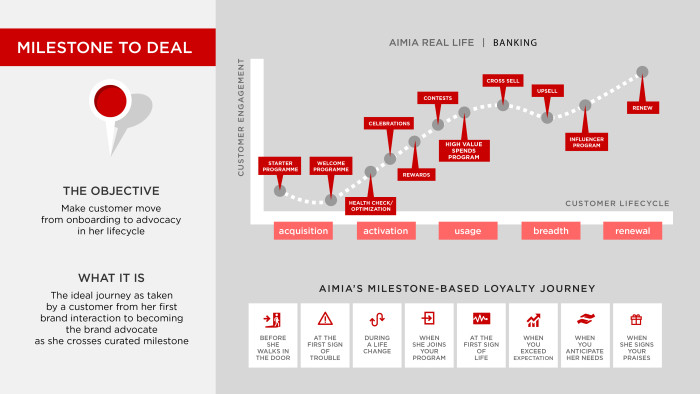
Synchronizing loyalty, customer experience and branding
share on
This was a sponsored post by Aimia under the Master Report series.
In many conferences in 2017, the buzz has all been around the customer experience, customer journeys or customer engagement. These topics come up in almost every presentation in a banking, hospitality, marketing or retail conference. However, there was little linkage between these “buzz” topics with loyalty nor branding. There is a correlation between the customer experience and how that impacts loyalty and an organisation’s brand. How does a brand inspire loyalty and how does the customer experience elevate a brand?
The Holy Grail for any marketer is to get the consumer to spend with you.
In today’s modern world, consumers are knowledgeable, tech-savvy and loyal. In our fast-paced environment, where consumers have limited time, if there is a brand that has quality and is trusted, consumers will be more compelled to “automatically” buy that brand. This will enable the consumer to save time so as to have more time to do the things they need to do.
The customer experience
So how do you get that “automatic” buy or what some people term “loyalty” to the brand? Well, it all starts with the experience with your product or service. If a consumer has a good experience with you, they are more likely to stay with your product or service. To accomplish this, your product or service needs to embody the customer experience even before the first touchpoint.
Let’s take the example of a cosmetic company. The customer experience starts before the purchase. What is the formula for the cosmetic? Is it soft on the skin? Is it oily to touch? How is the product packaged? How will the product get to the store? Then comes the first touchpoint, how will the customer know about the product? How will the customer test the product? How will the customer buy the product? And finally, how will we get feedback from the customer, and how and when will the customer repeat the purchase?
Given the customer experience is not just the touch-points with the consumer, my challenge to you is: “Do you have a chief experience officer or a customer experience director in your organisation?” This is a strategic role in any organisation that needs to espouse the voice of the customer throughout the organisation. This role needs to ensure the customer experience is considered in all parts of the organisation from product development, supply chain, sales, marketing, support and customer feedback. The other important role this person plays is to ensure innovation in your product continues. Both employees and customers want innovation in their products and services. Keep things fresh to keep the sales machine ticking along.
Inherently, when the consumer has a good experience with you, they will become your customer. With repeat purchases, they become loyal customers and eventually advocates or ambassadors for your brand.
Branding impact on sales
As one of the keys to repeat purchases, the customer experience has to be consistent with your brand. So marketers have to be concise in showing and communicating “What does your brand stand for? What are you trying to tell the world about your brand?”
Once I am loyal to your brand, repeat sales will organically occur which technically should reduce the cost of sales since you do not have to spend on acquiring new customers. So is there a correlation between branding and sales? I believe there is and is represented in the graphic below:
Where your brand is unknown, the challenge of getting consumers to buy from you is high. When there is brand awareness, you have an opportunity for sales as the consumer knows about your product and has a choice. The question is how do you convert that choice into a sale? If there are advocates or ambassadors that rave about your product or the customer experience, your repeat sales should be automatic and your cost of acquiring new customers should be reduced. You have your raving ambassadors helping you sell your product.
Having strong brands provides higher sales potential. The consumer’s “go-to” product is usually a quality brand that is trusted and is known to have a good customer experience. An example of this is Apple. Quality, reliable and simple to use products which can be purchased at any Apple store where “genius” personnel help you with your questions. Wouldn’t you also want to buy an Apple product given these services?
Another example is Toyota. Many car journalists have written that Toyota manufacture “white good motoring”. Simple, reliable, but unexciting to drive. But they sell in millions! Toyota has an unenviable brand recognition based on reliability and simplicity of use. Ambassadors are your brand advocates. Someone raving about the reliability of your Toyota as compared to a colleague’s car always in the workshop is free marketing that money just cannot buy.
Branding, customer experience and loyalty
Loyalty is the outcome of a strong brand that provides an exceptional customer experience. To ensure the customer is at the centre of any organisation, it is always useful to map out the customer journey.
The customer’s interaction with your product or service is mapped and reviewed. What is the ideal customer journey from the first touch through to becoming a raving brand advocate or ambassador?
Our experience has shown that when you meet or exceed expectations and then anticipate the customer’s needs, is when the customer starts becoming an advocate for your brand. When your customers become loyal to your brand, do not forget to reward them for their loyalty. Surprise and delight usually works a treat when people least expect it.
Conclusion
Branding, customer experience and loyalty are all intrinsically linked. Without a good customer experience, there is no loyalty to the brand, and thereby, sales are at risk. With this in mind the impact on the consumer and the marketing department could be summarised in the following table:
Ensure you have a clear and concise message about your brand. Have all parts of your organisation incorporate the customer experience into every part of their processes and work by having a mapped customer journey. Continuously improve the customer journey through innovation and that will enable loyal customers to keep coming back for more.
This article is written by Kevin Kan, managing director, Asia, Aimia.
Read also: The Master Report: Creating a synergistic partnership
share on
Free newsletter
Get the daily lowdown on Asia's top marketing stories.
We break down the big and messy topics of the day so you're updated on the most important developments in Asia's marketing development – for free.
subscribe now open in new window




